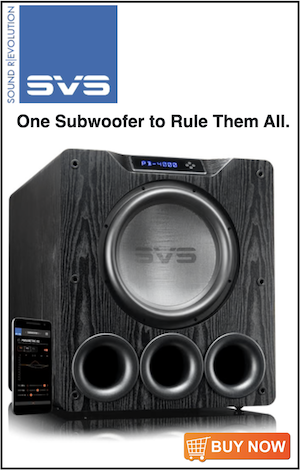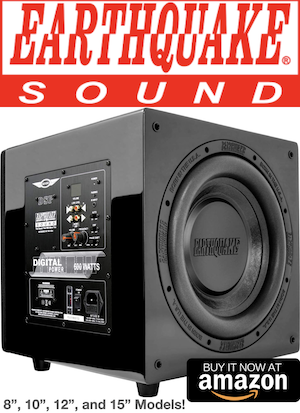IWC Doppel
New Member
Thread Starter
- Joined
- Apr 19, 2020
- Messages
- 106
More
- Preamp, Processor or Receiver
- Naim AV2, Acurus ACT4 -16
- Main Amp
- naim 135 monoblocks
- Universal / Blu-ray / CD Player
- Panasonic UDP9000
- Front Speakers
- Sonus Faber Extrema
- Center Channel Speaker
- Sonus Faber Cremona M
- Surround Speakers
- Sonus Faber Electa amator
- Subwoofers
- Sonus Faber Cremona M x3
Hi all, I have followed a number of vides and think I have time aligned my subs, these have a small amount of EQ 6db at the two room peaks of 34 and 68 Hz, but not yet EQ;
'd beyond that,
Sorry for clipping the frequency response, the curser black line is about 30 Hz, I think I have a null at 20 Hz, annoyingly. The graph below shows each sub alone then combined actual and combined calc (top two curves)
But the question I have is what when I have set the ms delay to give me this response if I add say 7ms to each sub delay why does the combined curve change ? I thought the phase was relative to each sub ? So once you have say 5,3,3 then 12,10,10 in delay should give the same curve with nothing else changed ?
Sorry for not posting the 5,3,3 LFE response with all three subs running vs the 12,10,10 unfortunately this response wasn't saved when REW crashed on me last night
The combined response below for all three subs is the top curve (green actual, pink calculated responses) and the delays are 5,3,3 this graph looks deradful if I change the delays to 12,10,10

'd beyond that,
Sorry for clipping the frequency response, the curser black line is about 30 Hz, I think I have a null at 20 Hz, annoyingly. The graph below shows each sub alone then combined actual and combined calc (top two curves)
But the question I have is what when I have set the ms delay to give me this response if I add say 7ms to each sub delay why does the combined curve change ? I thought the phase was relative to each sub ? So once you have say 5,3,3 then 12,10,10 in delay should give the same curve with nothing else changed ?
Sorry for not posting the 5,3,3 LFE response with all three subs running vs the 12,10,10 unfortunately this response wasn't saved when REW crashed on me last night
The combined response below for all three subs is the top curve (green actual, pink calculated responses) and the delays are 5,3,3 this graph looks deradful if I change the delays to 12,10,10







 . I must admit I dont know if this is good or bad !
. I must admit I dont know if this is good or bad !


